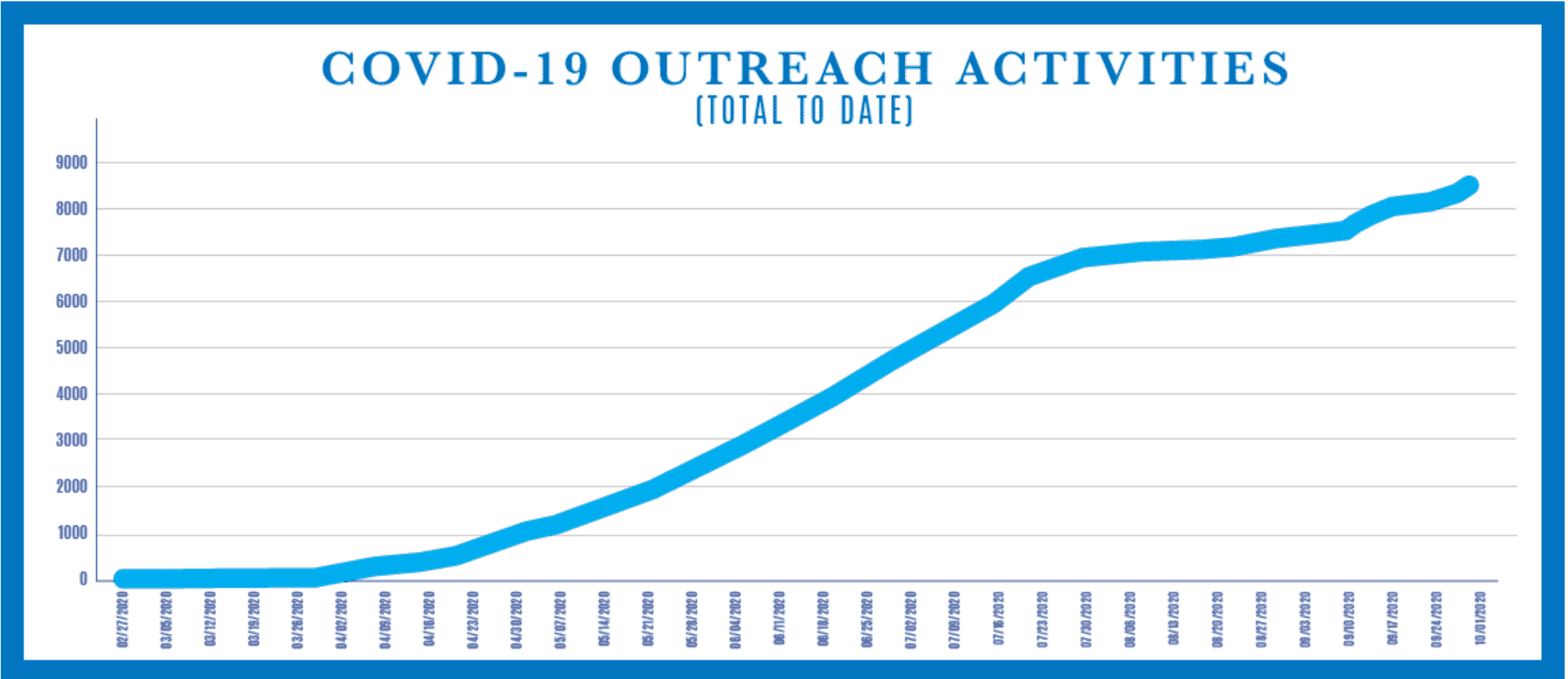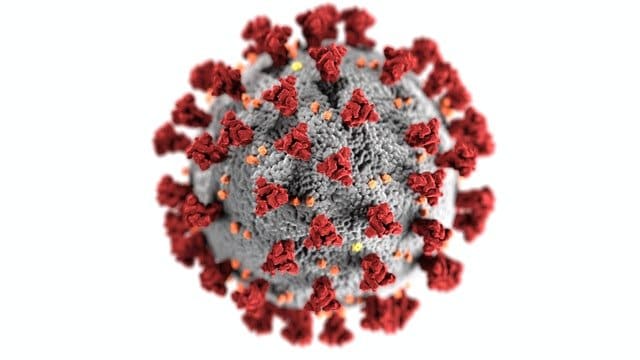As a health and safety professional, you likely always have the thought of an OSHA inspection in the back on your mind. But how about OSHA COVID-19 inspection? The thought alone might spike your blood pressure but with Safex’s tips it doesn’t have to.
OSHA area offices are actively investigating COVID-19-related complaints, referrals and severe illness reports. As of early October, federal OSHA has received over 9,300 COVID-19 complaints (source).
You can get ahead of the curve by preparing for a potential OSHA visit now by following our recommendations.


-
- Have your written COVID-19 Response Program or Plan current and easily accessible.
- Know and be able to demonstrate control measures (based on CDC guidelines and recommendations) to prevent the spread of COVID-19. For instance:
- Self-screening protocol for symptoms
- Providing hand sanitizer, gloves, masks to employees and visitors
- Displaying appropriate signage for hand washing, COVID-19 symptoms, 6’ marks, etc.
-
- Document a routine cleaning schedule to show that your workplace is adequately disinfected.
- Use EPA registered disinfectants for COVID-19 and follow manufacturer’s instructions.
- Ensure that cleaning products are properly labelled and stored as they may be hazardous materials. SDSs and manufacturer instructions should be easily accessible, and PPE and hazard communication standards may apply.
- Keep records.
-
- Train employees on COVID-19 protocols as outlined in your COVID-19 Response Program or Plan and document.
- Establish or update a written respirator protection program if respirator use is required.
- OSHA temporarily removed the requirement for annual respirator fit testing, however, workers wearing a respirator for the first time must have an initial fit test.
- Employees who voluntarily wear a filtering facepiece respirator do not have to be fit tested or trained. Don’t forget Appendix D though!
- Healthcare workers must be provided appropriate respiratory protection when providing direct care for patients with suspected or confirmed cases of COVID-19.
- In cases where PPE is limited, employers must make good faith efforts to provide it.
-
- Keep your OSHA log updated and include COVID-19 illnesses if they are contracted at work.
- Document a routine cleaning schedule to show that your workplace is adequately disinfected.
Note: If OSHA receives an employee COVID-19 complaint, they must act immediately. High risk workplaces like nursing homes, medical facilities and clinical laboratories and medium risk workplaces like schools, meat processing facilities and high-volume retail are currently an OSHA priority.
